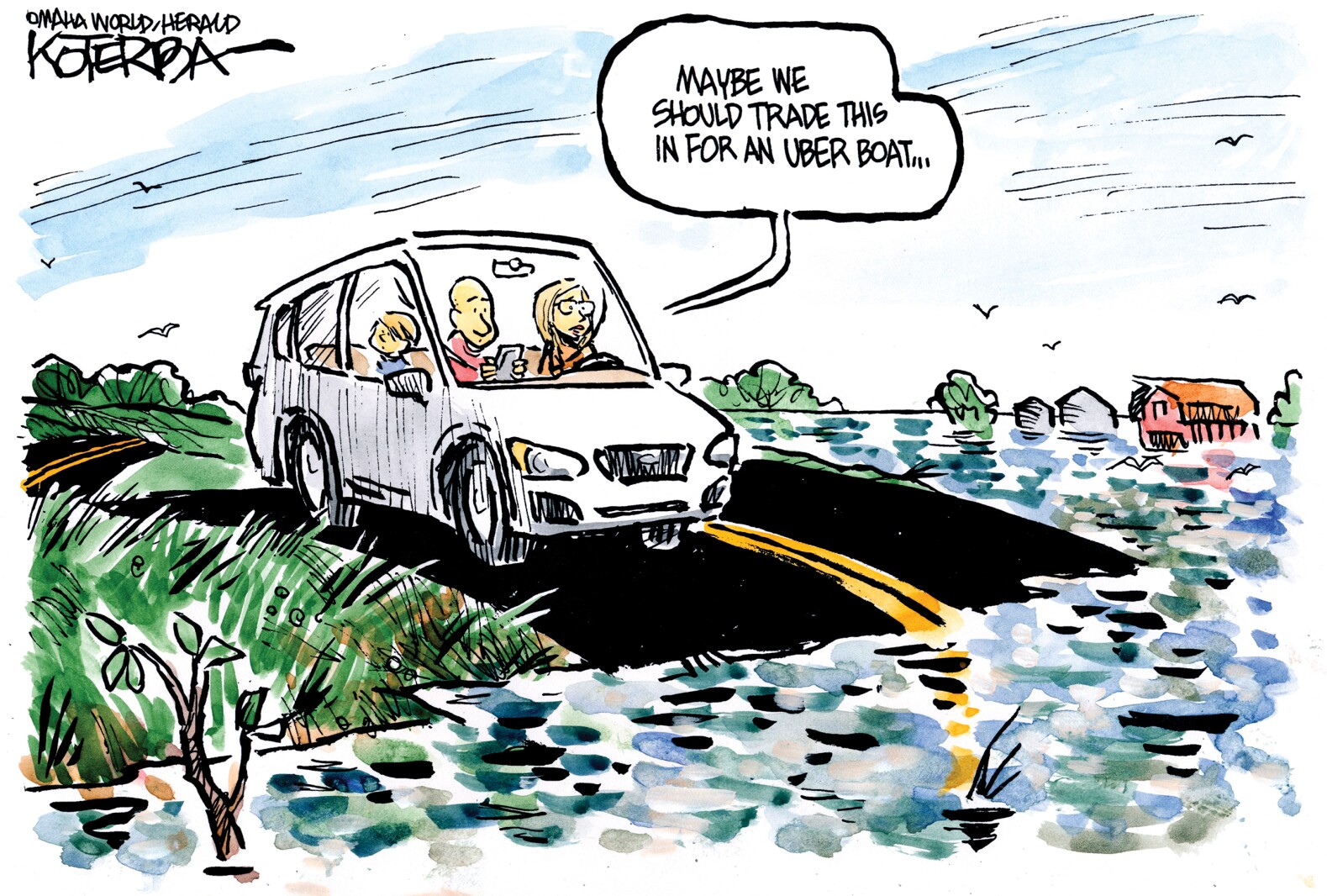The Gig Economy: Protecting Workers or Hindering Progress?
In recent years, the gig economy has become a hot topic of debate, especially among progressive politicians who argue that it exploits workers and creates a landscape of “bad jobs.” However, the reality is far more complex than this simplistic narrative suggests.
California’s Assembly Bill 5, enacted in 2018, was a prime example of the government’s attempt to regulate the gig economy by imposing stringent regulations on independent contractors. The intention was to push companies to convert these workers into full-time employees with comprehensive benefits. However, the unintended consequences were severe, with thousands of freelancers losing their jobs and a decline in both full-time and part-time work across the state.
Despite the backlash and a 2020 referendum exempting rideshare drivers from the law, the push to reclassify workers as employees continued at the national level. The Department of Labor’s new standards for classifying independent contractors aimed to make it harder for workers to remain in their current status. This move was met with resistance from Republicans, who introduced a resolution to overturn the rule, highlighting the contentious nature of the issue.
Acting Labor Secretary Julie Su defended the rule by emphasizing the importance of labor protections for working people and the need to prevent exploitation. However, this argument fails to acknowledge the preferences of gig workers themselves. Surveys have shown that over 80% of independent contractors choose gig work by choice, not necessity, citing flexibility as a key factor in their decision.
Rather than forcing workers into traditional employee roles, a more effective solution would be to create a portable benefits system for independent contractors. Similar to a SEP-IRA account, this model would allow workers to access benefits like health insurance through pre-tax contributions from both employers and employees. By safeguarding independent contractor status and providing access to benefits, this approach could address the concerns of gig workers while avoiding the negative consequences seen in California.
Ultimately, the debate over the gig economy is not just about protecting workers but also about respecting their choices and needs. By listening to the voices of gig workers and implementing policies that support their preferences, policymakers can strike a balance between regulation and innovation in the evolving landscape of work.
















